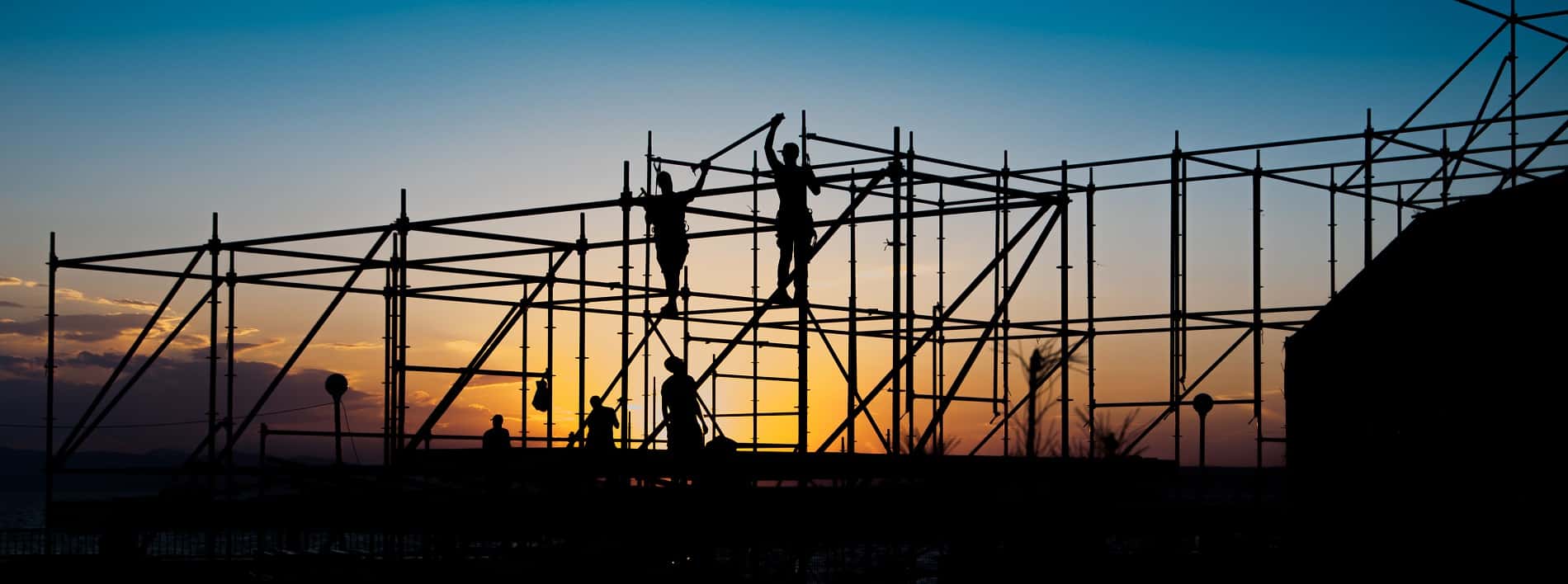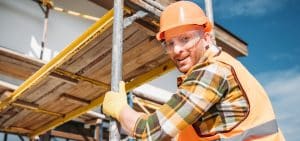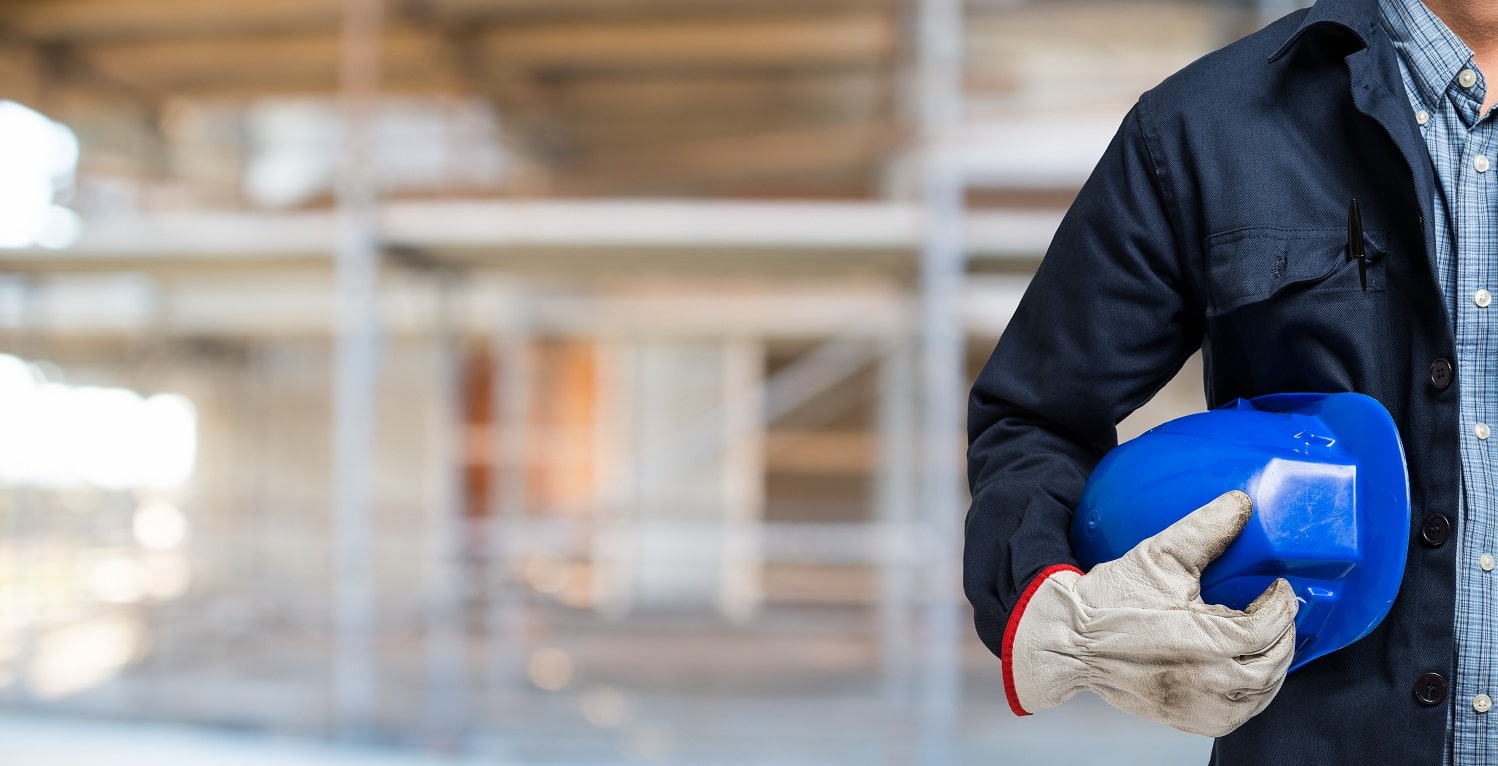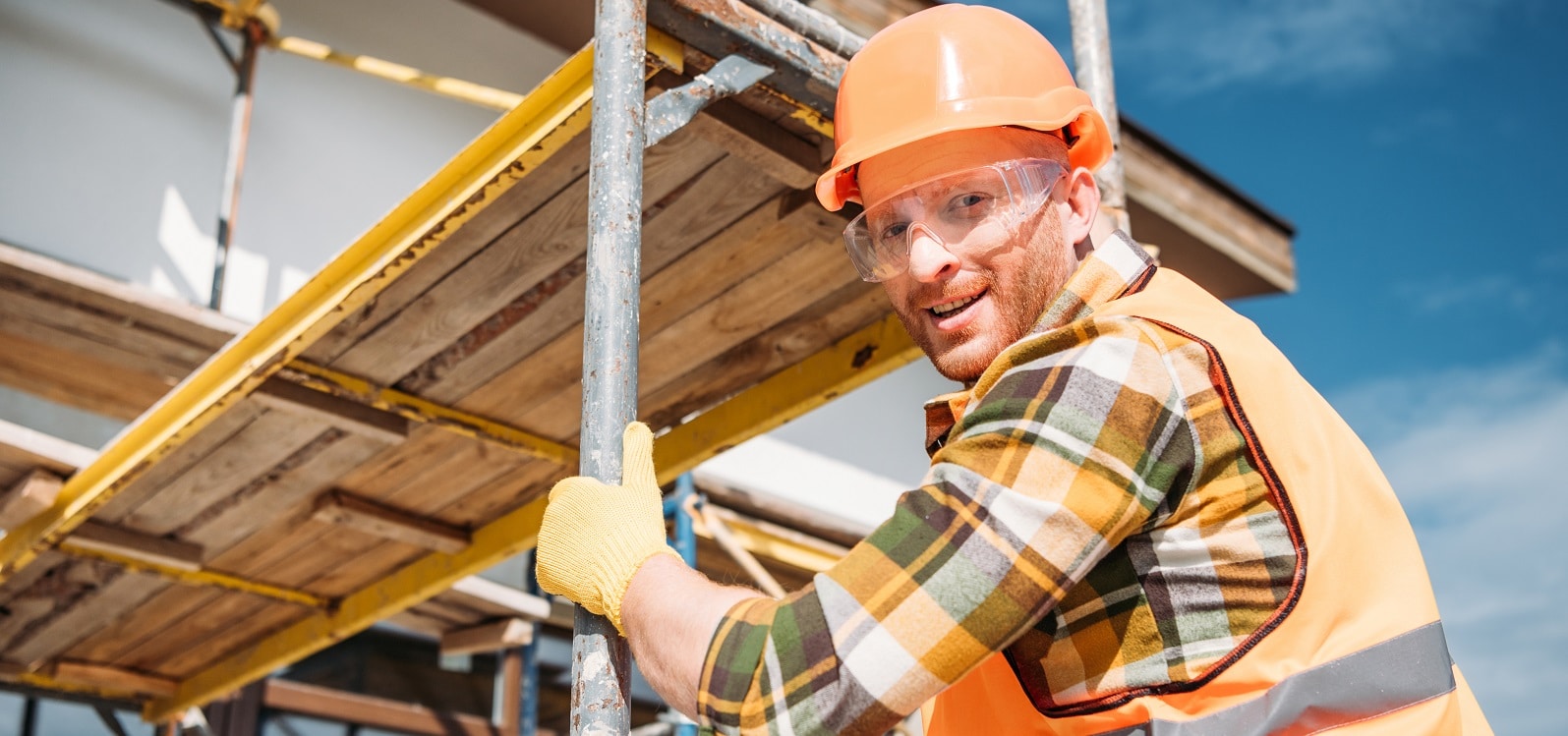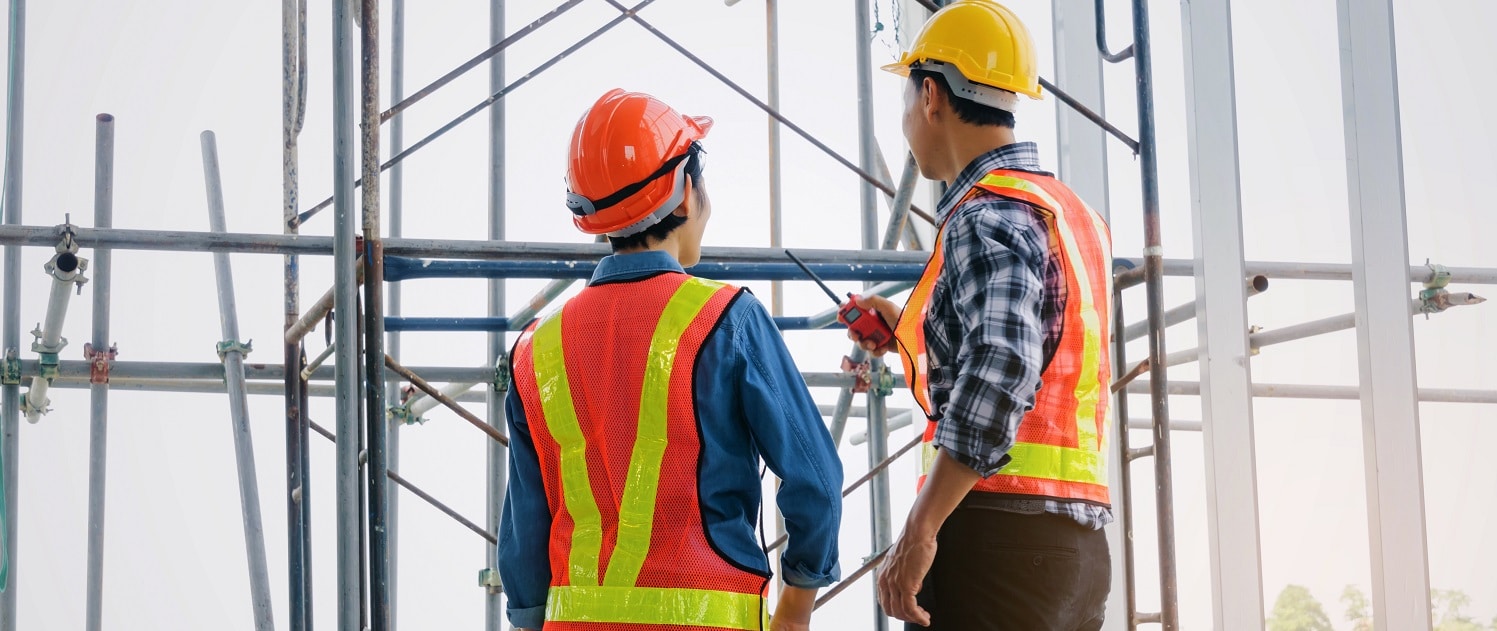
Lessons from the Scaffolding Collapse Accidents in Florida and Madrid
At the end of August, two construction workers fell from the sixth floor of a hotel under construction after a scaffold collapsed. It might have been three but the third worker hung on and climbed his way to safety.
For reasons unknown at the time, the support structure gave way sending both workers plummeting down.
According to Marriott International, it’s a 16-story project with an estimated cost of $282 million. It will include 516 rooms for people visiting nearby theme parks.
The two dead workers were identified by police as 46-year old Jerry Bell and 34-year old Lorenzo Zavala. There were 20 workers on site at the time of the collapse that happened whilst the workers were pouring concrete.
The Police launched an investigation to see if the incident was accidental and determine the real reasons why the scaffold gave way. OSHA and the Orange County Fire Rescue are also involved in investigations.
1 dead in a scaffolding collapse at Madrid hotel
Last week, scaffolding at a luxury hotel collapsed in central Madrid, killing one worker and injuring 11 others. When the wrought iron work on the 6th floor collapsed, it pulled the internal scaffolding down along with workers on it.
Most of the workers emerged on their own and two were rushed to the hospital in critical condition. Emergency services labelled the incident as an occupational accident. There was no visible sign of collapse from the building’s exterior.
Why are scaffolding inspections so important?
Working with scaffolding is dangerous because it involves trusting the strength of the scaffold whilst working at height. A poorly erected scaffold could become weak and give way, leading to an accident.
To avoid disaster, it is important to choose experienced contractors who will perform inspections of the scaffold system on a regular basis. Such individuals must have obtained their certification from a recognised training before conducting inspections.
What is checked during a scaffold inspection?
- Parameters such as frames, footings, mudsills, posts and baseplates
- Power lines, at least 10 feet away from scaffolding tools
- Checking associated planks for cracks, holes and defects
- Inspecting scaffold materials used for the erection
- Ensuring use of guardrails and mid-rails.
Scaffolding inspections save lives
In the case of the Marriot hotel, workers on site said there were OSHA reps checking the scaffolding every day. It is clear that they might have missed something in their inspection. A poorly established inspection is like an incomplete book with a big question.
A comprehensive inspection covers both the concealed and the obvious, hidden threats and easy to spot hazards. We cannot emphasize enough the importance of a scaffolding inspection by a certified inspector.
They check the ground threat for frame stability, assess work area for any risk factors and analyse how the tower interfaces with the work structure. They also ensure that workers incorporate safety standards such as toe guards, handrails and supplementary safety systems.
Minimising the risks when working on scaffolding at construction sites
Scaffolding on construction sites carries many risks, the most important of which is falling from an elevated height. Apart from the fall of workers, tools and materials from a height, safety considerations have to be accounted for.
These include regular maintenance and inspections, wearing the right protective equipment and maintaining load limits.
There are many reasons why an accident occurs. It could be a lack of guardrail, a working deck that isn’t covered with platforms or planking, the distance between the façade and scaffolding is too large, and other such factors. Another hazard associated with working from heights is the risk of falling objects hitting someone on a lower floor.
A collapse accident occurs when a scaffolding collapses and drags the people on it down. Workers on a scaffold are busy with many things and are exposed to ergonomic risks. In fact, a scaffolder is estimated to lift two tons of materials every day.
The risk management process
Identify hazards – find out what could cause harm
Go around the scaffolding site to identify where scaffolding work will be performed and where there is interaction with pedestrians, vehicles and fixed structures.
- Check ground conditions where the scaffold will be used
- Check materials, equipment and substances that will be used during the erection
- Check work tasks assignment and performance
- Check scaffold design and management
- Ask workers if they noticed or anticipated any issues when constructing the scaffold.
- Inspect the erected scaffold before and after use
- Review injury and incident records, including near misses.
Assess the risk
After identifying potential hazards, it’s time to calculate the possibilities of accidents and injuries that could happen to workers when exposed to the identified hazards.
A comprehensive risk assessment should determine the severity of risk, existing control measures, actions that will be taken to control the risk and the urgency of action. A risk assessment is crucial when there is uncertainty regarding the impact of a risk on workers and how hazards interact with each other.
Take action to control the risk
It is not possible to completely eliminate all risks when working from height but you can minimize risks as much as possible. Most of the risks associated with scaffolding can be controlled with proven safety measures whilst others require thorough planning and analysis, prioritised from the greatest to the least hazard.
A few things you can do include
- Use a safer substitute for the hazard. It could be mechanical aids like hoists, cranes, trolleys and pallet jacks to move materials and equipment instead of manual lifting.
- Install concrete barriers to isolate people from the hazards and reduce the risk of collision
- Incorporate engineering controls such as perimeter containment sheeting, toe boards and overhead protective structures to mitigate against falling objects hitting people on lower levels.
- When on site, always use PPE such as protective foot and handwear, hard hats and visibility vests
- Create administrative controls such as storing scaffolding close to the work area to reduce the distance of moving manual loads.
Establish the hierarchy of risk control
Duty holders and principal contractors who work through the hierarchy of risk control are effectively able to manage safety and health risks associated with scaffolding. The things to consider include
- Determine the probability of workers being exposed to hazards
- Establish the severity of harm resulting from exposure to the risk
- Determine your knowledge levels about the risks
- Establish effective ways to minimise or completely eliminate the risk.
8 important tips for staying safe when working with scaffolding
Adequate training is paramount
Safety when working with heights begins with scaffolding training. Since most construction workers (close to two-thirds) will use a scaffold at some point during construction, it is crucial that they are all trained on using scaffolding equipment. Only those who are trained should erect or work with scaffolding.
Training should include basic training, mounting and moving the structure, exiting the structure and load capacity.
Only use licensed scaffolders
Rogue employers pose a risk when working on scaffolding. They are unlicensed employers who work with scaffolding. By using uninspected building materials and workers, they put the lives of workers and future building occupants in danger.
Prepare the site
Preparation is important for a safe worksite. The state of the ground and surrounding areas have an impact on safety. Analyse the environment for potential hazards such as shrubs, trees, electrical wires and high-risk obstacles.
The base must be secure and the level adjusted for any lean in the building. Planks and guardrails must be securely installed. Also, check for weather conditions and elevation changes.
Consider efficiency building alternatives
The pace of construction work is important to your budget but it also leads to costly mistakes such as avoidable security gaps on the scaffolding site. Safety shouldn’t be sacrificed for speed. Invest in tools and techniques that allow for efficiency and safety whilst completing the job on time. Time management training could also improve work efficiency.
Review the site
After identifying hazards, continuously review the worksite for as long as the scaffolding is up. New hazards might arise during construction. Inspections ensure that workers do not become complacent or negligent about their safety.
Keep your workspace organised
An organised workspace is one of the best ways to avoid fall accidents on a construction site. Tools should be kept in the right place to reduce the chances of falling to a lower level where other workers are.
Understand the limitations of each scaffolding structure
Different types of scaffolding have different materials used in construction. The material determines the loading strength. Do not overload the scaffolding with more workers than it should carry or it might lead to a collapse accident. Also, avoid overloading it with equipment. There should be nothing pushing against the guardrail.
Secure the scaffolding platform
Scaffolding is designed to be entirely attached or braced to a building. Scaffolding movement might dislodge if it isn’t properly secured as this reduces the stability of the scaffold. It is also crucial to use proper brace retention and lock systems. They eliminate the chances of dislodging when it operates freely.
Conclusion
Safety is essential to a scaffolding structure. Conduct regular inspections to ensure that the site is secure and all hazards are taken into consideration. Do not combine scaffolding styles as it makes it unstable and dangerous. Follow safety measures at all times when working on a scaffolding site and ensure that all scaffolders have the proper training required for scaffolding work.




